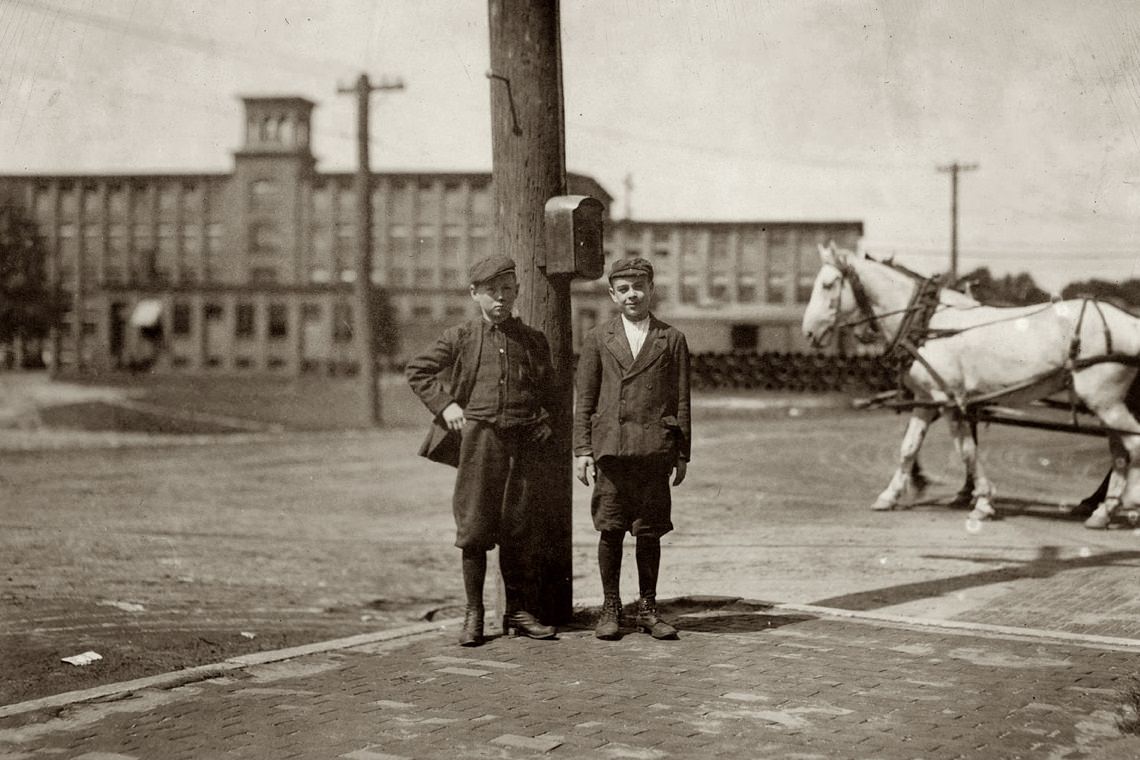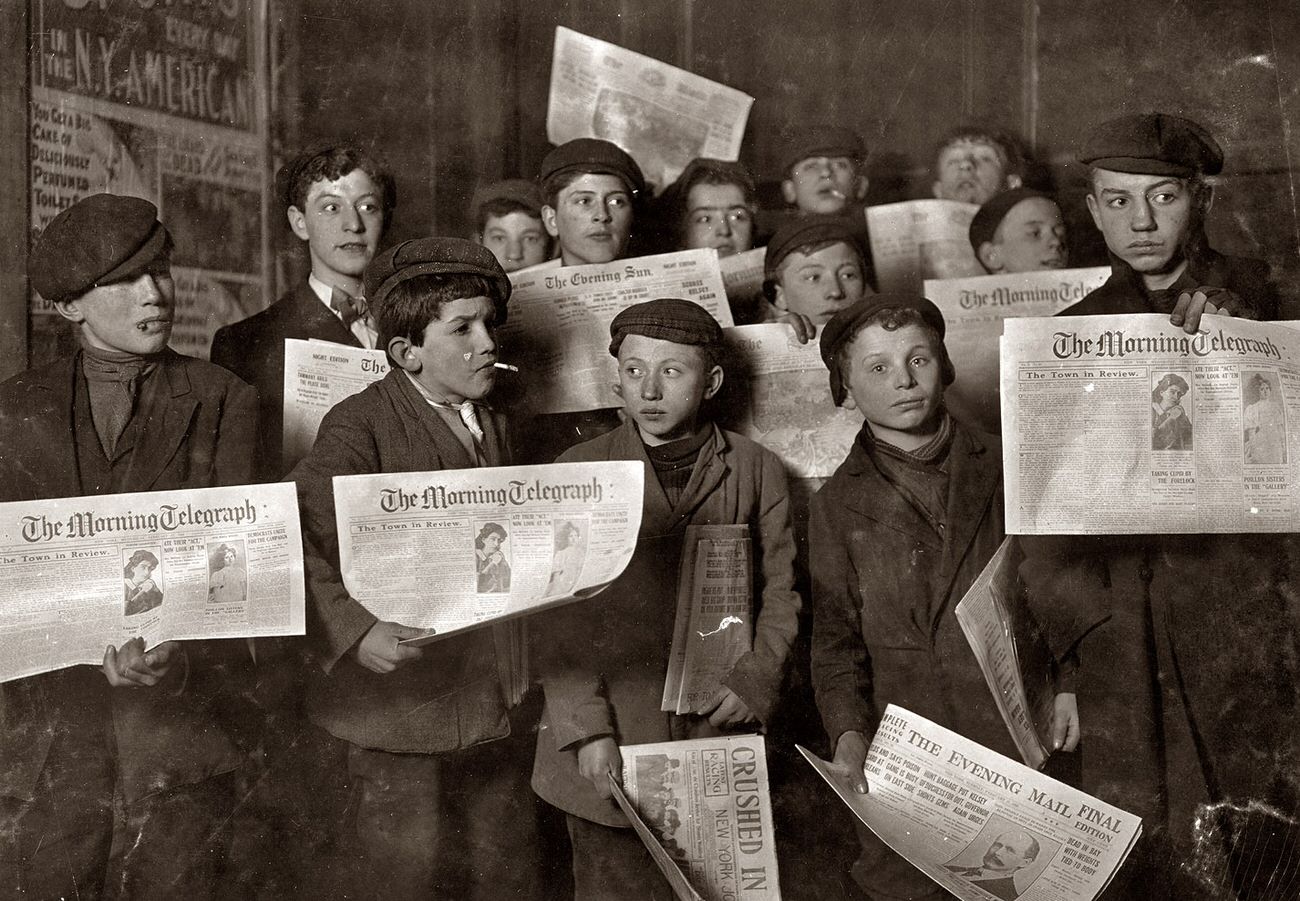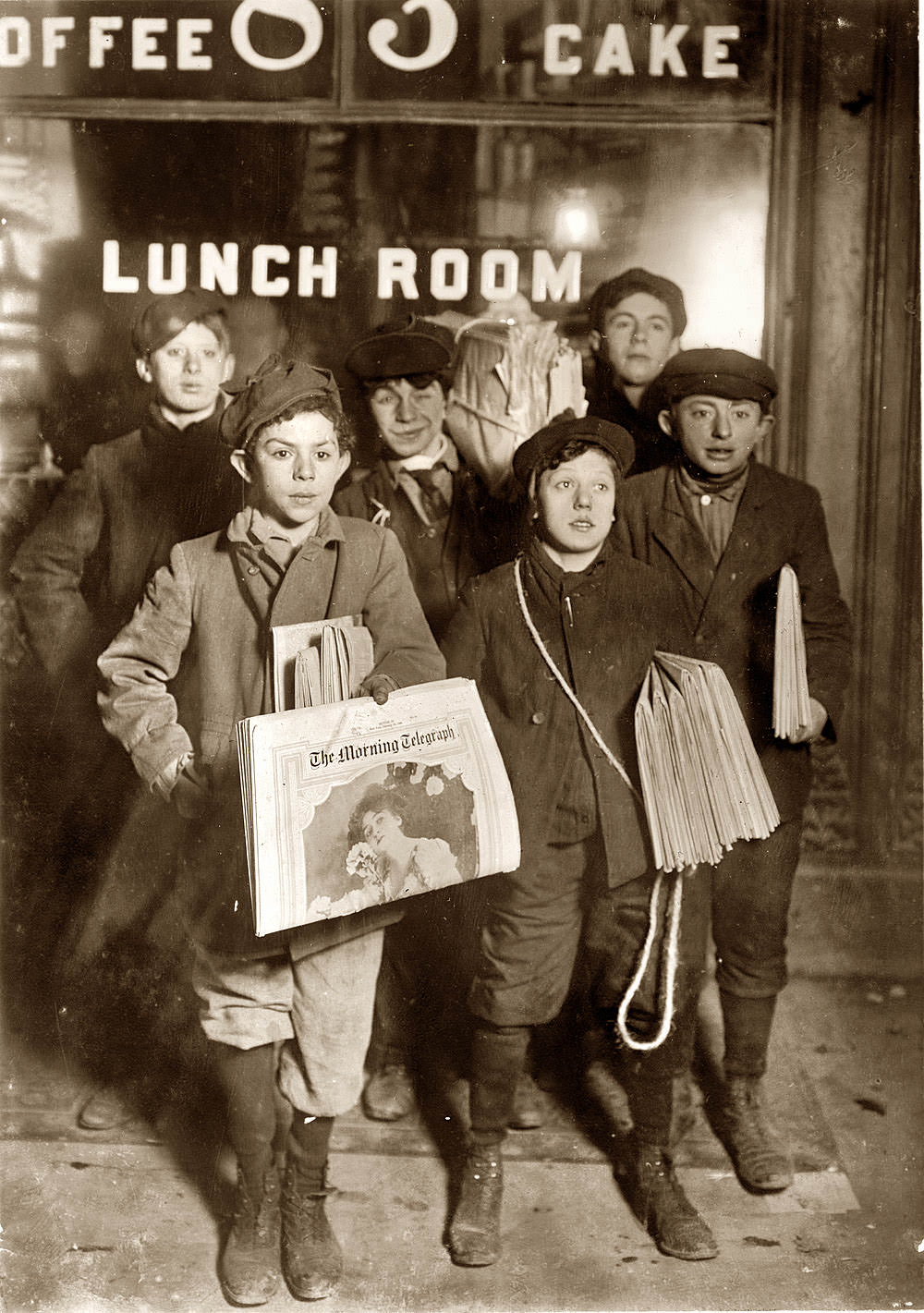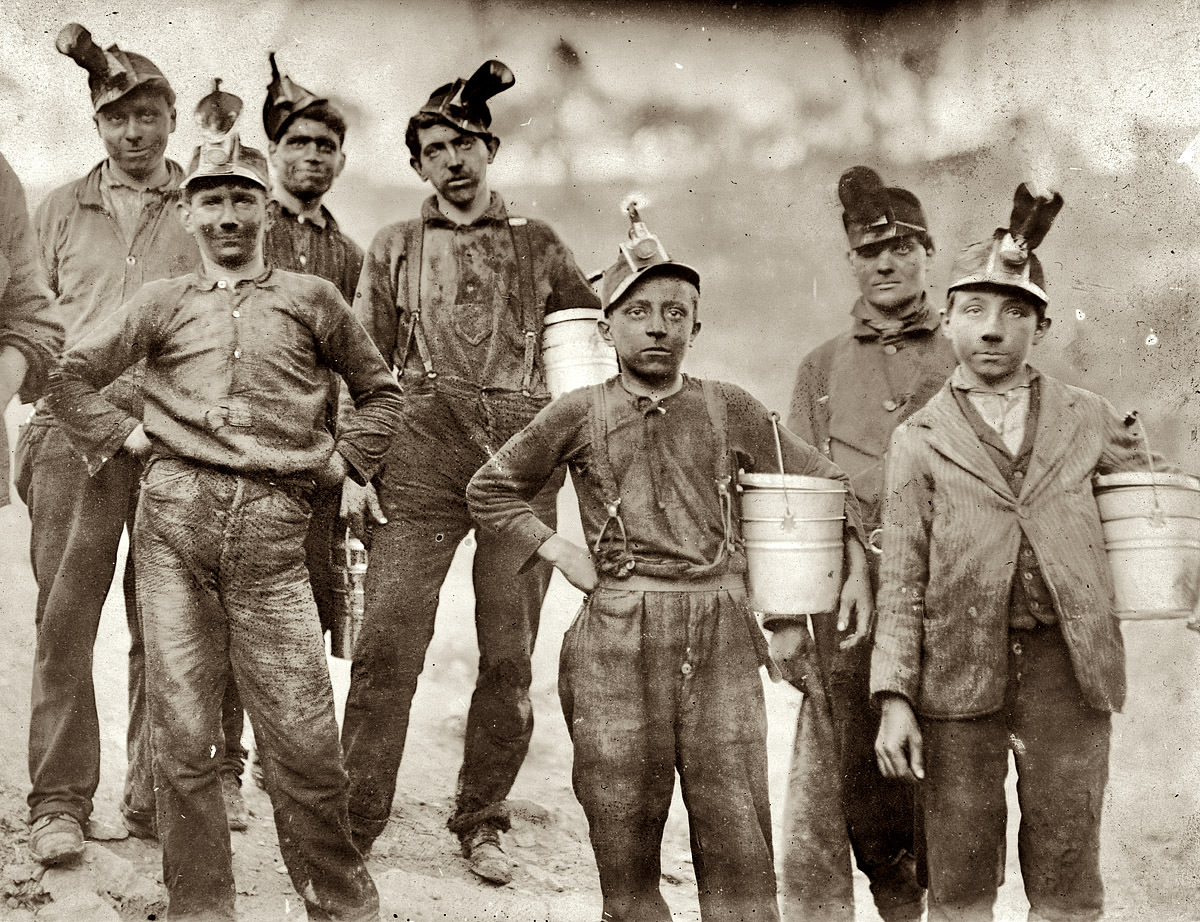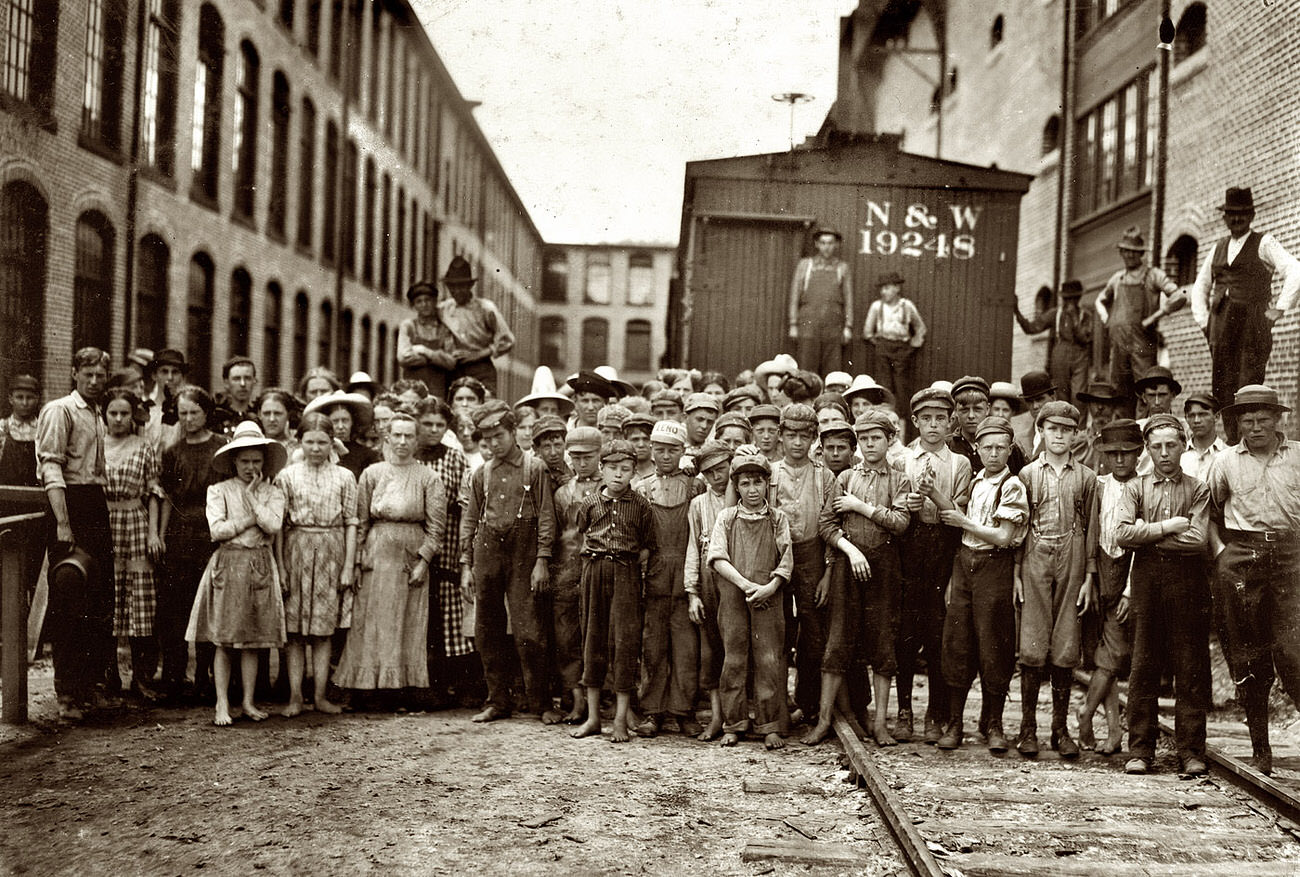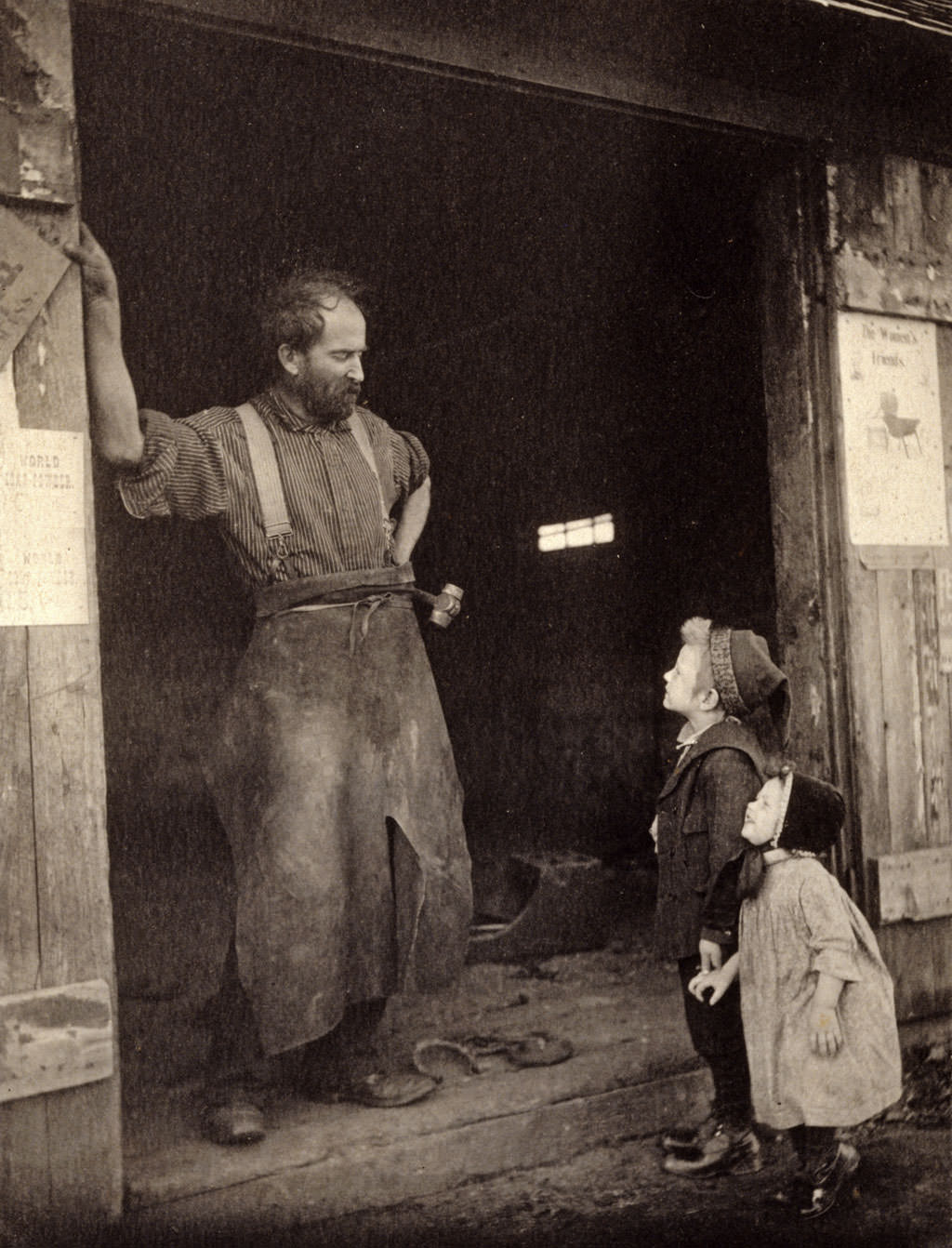The lives of children in America changed dramatically in the early 20th century. During this time, many children faced harsh realities as they grew up. The Industrial Revolution transformed the economy and society, bringing both opportunities and challenges for young Americans. This era saw children working long hours in factories, enduring tough conditions, and often missing out on education.
Child Labor in the Industrial Revolution
As factories began to dominate the economy, child labor became widespread. Children were often employed in mills, mines, and other industrial settings. They worked long hours, sometimes up to 12 or 14 hours a day, for very little pay. Their small size made them valuable in these environments. They could crawl into tight spaces that adults could not reach. Additionally, children were easier to control and could be paid significantly less than adults.
Working conditions for children were usually dangerous. Factories were filled with machinery that could cause serious injuries. Many children suffered accidents, and some even lost their lives while working. Despite the risks, families relied on the income generated by their children. For many, it was essential to keep food on the table.
Read more
Education vs. Work
With children working such long hours, education often took a backseat. Many children had to drop out of school to help support their families. In some cases, children would work during the day and attend school at night, but this was exhausting and difficult. The lack of education limited their future opportunities.
Reformers in the late 19th century began to recognize the importance of education for all children. They pushed for laws to restrict child labor and improve working conditions. However, changes did not happen quickly. Many industries resisted these reforms because they relied on cheap child labor to maximize profits.
The Role of Reformers
Social reformers and labor organizers worked hard to bring attention to the plight of child workers. They organized rallies, wrote articles, and lobbied for change. One of the significant movements was the National Child Labor Committee, founded in 1904. This group aimed to end child labor and promote education. Their efforts led to some improvements, but change was slow.
In the early 20th century, public awareness of child labor increased. Photographers like Lewis Hine documented the harsh realities of child workers. His powerful images showed children working in factories and mines, drawing attention to their struggles. These photos played a crucial role in raising awareness and pushing for reforms.
Economic Hardships and the Great Depression
The stock market crash of 1929 and the Great Depression that followed changed the landscape of America. As unemployment rose, families faced even more difficulties. Many adults lost their jobs, and the pressure grew to ensure that all available work went to them rather than children.
During the Great Depression, a significant shift occurred in public opinion. Many people began to see child labor as unacceptable. The need for adults to support their families meant that children were often pushed into the background. This change in thinking led to more significant efforts to protect children from labor exploitation.






